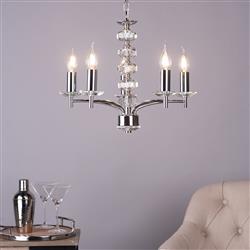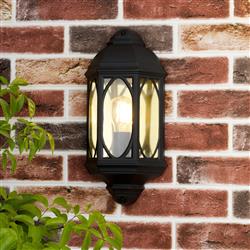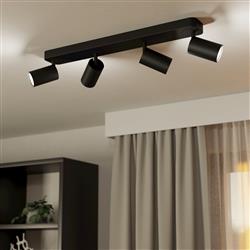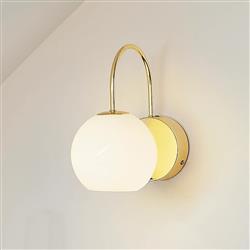Class 2 Double Insulated Lighting, Lights That Don't Need an Earth Connection
-9649.jpg) Class 2 Bathroom Lights417 Products
Class 2 Bathroom Lights417 Products
 Class 2 Ceiling Lights923 Products
Class 2 Ceiling Lights923 Products
 Class 2 Outdoor Lighting369 Products
Class 2 Outdoor Lighting369 Products
 Class 2 Spotlights324 Products
Class 2 Spotlights324 Products
 Class 2 Wall Lights417 Products
Class 2 Wall Lights417 Products
No Earth Wire On The Lighting Circuit?
For quite some time, since at least 1998, it's been a building regulation that all new houses must have an earth wire on all lighting circuits.
If your property was built before 1998 or it hasn't been rewired in the past 20 years then there is a chance that your lighting circuits don't have an earth wire (also known as Circuit Protective Conductor).
In most instances the earth wire will be part of a bunch of cables held in place by a grey outer insulation, this is commonly called "twin and earth" as it contains a pair of cables (live and neutral) and an earth cable.
The earth wire is normally a single solid copper core with no moulded insulation, the electrician covers the uninsulated copper earth wire with a yellow and green sleeve.
If there is no earth wire present and you don't want to install class 2 fittings then your only remaining choice is to have the property re-wired, in this instance you must consult a qualified electrician.
What are Class 2 Double Insulated Lights?
Class 2 double insulated lights are designed to operate without the need for an earth wire. They usually have two layers of insulation which cover the live parts, for example the cables inside the fitting. This means that in the worst case scenario of an electrical fault, the risk of an electric shock is greatly reduced.
Are All Double Insulated Lights Made of Plastic?
No, certainly not. There are huge range of double insulated light fittings available and they are still made with the same materials as class 1 fittings.
Are Double Insulated Light Fittings Harder and More Expensive To Install?
No, not at all, they are no more complex to fit than a class one light. However, as with all matters concerning the electrics within your property, we strongly recommend that you use a qualified electrician to carry out any work on your electrical circuits, in some instances it is required to comply with building regulations and is often required to validate your home insurance.

